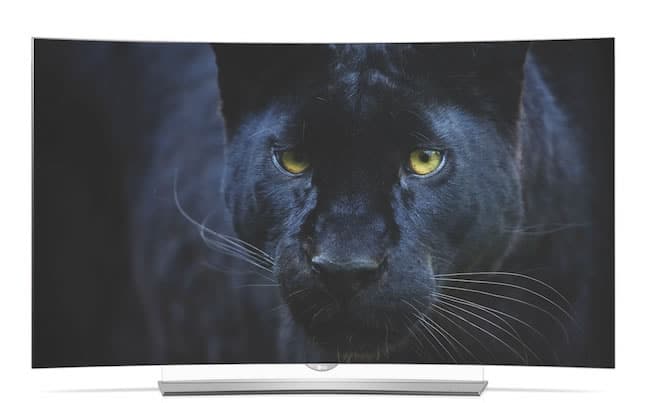LG Electronics, based in South Korea, has garnered the Institute of Scrap Recycling Industries (ISRI)’s 2015 Design for Recycling (DFR) Award, for designing television products for recyclability throughout their life cycles. This is ISRI’s highest honor and recognizes manufacturers with the forethought to proactively incorporate DFR principles into their product designs and processes.
ISRI president Robin Wiener presented the award, applauding LG’s commitment to sustainability. “The initiatives they have undertaken to increase product recyclability, improve resource efficiency, and expand the use of recycled materials within the manufacturing process made LG a perfect selection for this year’s award.”
Nandhu Nandhakumar, Ph.D., senior vice president at the LG Technology Center of America, accepted the award, saying, “Our Design for Recycling initiatives represent a key element of LG’s Green Product Strategy, under the company’s strategic roadmap to develop products that reduce negative environmental impacts throughout the life cycle, especially when they are ready for recycling.”
The LG 4K ULTRA HD OLED and LED televisions, recognized by the ISRI, embody the company’s strategic direction toward manufacturing products with green features to reduce their negative impact on the environment and reduce waste with easy part identification and access, disassembly, and material recyclability. These television products feature mercury-free display panels; recycled and recyclable plastics; PVC and BFR-free components; small, light packaging made from recycled pulp content; easy disassembly and label/seal separation; and standardized materials and connection types.

LG received ISRI’s highest honor, recognizing manufacturers with
the forethought to proactively “Design for Recycling.”
John Taylor, vice president of public affairs and communications at LG Electronics USA says, “The TV is probably the biggest focus of designing for recyclability, but we are looking at making major appliances recyclable too.” He points out that while there is a lot of value in recycling materials in appliances, like stainless steel and plastics, the process can be more complicated. For example, the refrigerant and insulation in refrigerators need to be handled with extreme care.
Award Eligibility Requirements
Contain the maximum amount of recyclable materials
—
Be easy to recycle using current or newly designed recycling processes and procedures
—
Be cost effective to recycle, not exceeding the value of its recycled materials —
Be free of non-recyclable hazardous materials or impede the recycling process
—
Minimize time and cost to recycle the product
—
Reduce use of raw materials by including recycled materials and/or components
—
Provide a net
gain in the overall product recyclability, while reducing negative impact on the environment
“Designing for recyclability is an intense process,” Taylor continues, noting that engineers look at the environmental impact of a product throughout its life cycle. All design decisions address three core areas: human, energy, and resources. Taylor explains, for example, that LG has made leaps in reducing size of TVs, which are thinner and lighter and use less materials and resources.
Using this strategy, LG has identified eight areas for response and 21 core tasks designed to expand products with greener features, improve green communication, and strengthen green partnerships.
Besides designing products with sustainable features, LG promotes events locally to urge consumers to consider energy efficient, recyclable products when upgrading their electronics, Taylor says.
“Designing for recycling is an industry message, but our dealers are interested in looking at whether this concept resonates with consumers,” he continues. “We do a lot of consumer research. When people buy a TV they look for best picture quality and other factors, but environmental interest has been increasing, especially in terms of energy efficiency and brands with more environmental focus on recycling.”
LG’s efforts to design sustainable electronics have also been recognized with the Environmental Protection Agency 2015 ENERGY STAR Partner of the Year Award for Sustainable Excellence and Climate Communications, as well as three 2015 “Green” Edison Awards for the LG OLED TV, LG EcoHybrid heat pump dryer, and LG Art Cool Gallery air system. The company also was cited as a top-tier CEA e-cycling “Initiative Leader” for achieving 125% of CEA recycling goals and among the 2015 Global 100 World’s Most Sustainable Corporations.

